Winter heating problems often surface when your system is working its hardest, during freezing temperatures when reliability matters most. From clogged air filters to thermostat malfunctions and insufficient insulation, small issues can escalate quickly into major discomfort, safety risks, or costly repairs.
Understanding how your HVAC system reacts to winter stress is key to preventing emergencies. Many homeowners face uneven heating, cold spots, or rising energy bills without realizing these are symptoms of underlying problems like poor airflow, system imbalance, or aging equipment. Left unchecked, these conditions can strain your furnace, compromise efficiency, and shorten the life of your system.
In this guide, we break down the most common heating issues that affect homes during winter. You’ll learn how to diagnose and fix problems, improve energy efficiency, and, most importantly, know when to call in a professional.
Here's what you need to know:
- How to prevent common heating problems in winter
- How to troubleshoot common heating system issues
- How to insulate your home and seal drafts in winter
- How to reduce heating costs during winter
With the right knowledge and preparation, you can stay warm, reduce energy costs, and protect your HVAC system throughout the coldest months of the year.
How to prevent common heating problems in winter
When temperatures drop, your heating system works harder and small issues can quickly escalate into major breakdowns. Preventive maintenance is the most effective way to avoid emergency repairs, keep your system running efficiently, and reduce heating costs during peak season.
A combination of professional servicing and homeowner vigilance goes a long way. Below is a breakdown of essential winter HVAC maintenance steps and why each matters.
HVAC winter maintenance checklist: What to inspect and why
The most effective way to prevent heating problems is to combine professional servicing with regular at-home checks. Start by scheduling an annual inspection with a licensed HVAC technician.
They’ll test components like the burner assembly, blower motor, ignition system, and safety controls. These tune-ups catch issues that most homeowners can’t see, like carbon monoxide leaks or heat exchanger cracks, and help restore peak efficiency.
Between professional visits, your role is to keep the system running smoothly. First, inspect and replace your air filters every one to three months. A clogged filter can restrict airflow, causing the system to work harder and increasing the risk of overheating. If your home has pets or someone with allergies, more frequent replacement may be needed.
Next, clear all supply and return vents and make sure they’re unobstructed by furniture or rugs. Poor airflow can lead to uneven heating and put unnecessary strain on the blower. It’s also smart to listen for unusual noises like rattling, humming, or clicking, which may point to loose parts or electrical issues.
Your thermostat plays a key role in preventing system inefficiency. If it’s battery-powered, replace the batteries before winter. Check the accuracy by comparing it to a thermometer. And if your current thermostat is outdated or inconsistent, upgrading to a programmable or smart model can improve both performance and energy savings.
Don't forget to check around doors, windows, and utility penetrations for drafts. Cold air entering your home forces your heating system to work harder. Use caulk or weatherstripping to seal gaps and keep warm air inside.
Why prevention pays off in winter
A well-maintained heating system doesn’t just avoid breakdowns, it runs more efficiently, heats your home more evenly, and helps lower utility bills. In the middle of a cold snap, even a minor issue like a clogged filter or miscalibrated thermostat can make the difference between comfort and a costly service call.
Preventive maintenance also protects your equipment from premature wear. A furnace or heat pump that’s cleaned, lubricated, and adjusted regularly will last longer and perform better across extreme conditions. This proactive approach is especially valuable in older homes or for households with vulnerable occupants, like infants or seniors.
How to troubleshoot common heating system issues
Here are some common problems and how to fix them, helping you take a proactive approach to caring for your heating system.
Addressing pilot light and ignition problems
Pilot light and ignition issues can be a common problem and if your furnace won't start, checking the pilot light should be the first step. A dirty or faulty pilot light may need cleaning or replacement. If you have an electronic ignition system, look for a blinking light on the control board and clean the flame sensor with a soft cloth if it's dirty.
Fixing uneven heating and airflow problems in your home
Uneven heating is often due to airflow problems so start by checking your air filters as dirty filters block airflow and make your system work inefficiently. You’ll also need to clear vents and registers, check for closed vents, and seal any duct leaks If you've done all this and still have cold spots your system may need a professional balancing to adjust dampers and airflow.
Thermostat not working? How to reset, fix, or upgrade
Thermostat troubles can throw off your whole heating system. First, make sure it's set to "heat" and the temperature is above room temperature. Then, check the batteries if you have a digital thermostat and clean any dust inside the thermostat cover.
If your heat runs non-stop or won't turn on, try these steps:
- Check for loose wires
- Calibrate the thermostat
- Update outdated programming
If you’re still having issues it might be time for a new thermostat. Consider a smart thermostat that can improve efficiency and give you more control over your heating.
Frozen pipes and heating system failure: What to do
When temperatures plunge below freezing, frozen pipes can damage your heating system and disrupt your entire home’s warmth. Quick action can help prevent costly damage and restore heat safely.
Frozen pipes can block water flow or rupture, especially in hydronic systems or homes with uninsulated plumbing. Signs include reduced water pressure, bulging pipes, or no water from taps. If you suspect a frozen pipe, turn off the water supply and gently warm the pipe using a space heater, heating pad, or hairdryer, never an open flame.
The American Red Cross advises that frozen water expands and may burst pipes below 32 °F. They recommend insulating plumbing in unheated areas and allowing a slow drip to prevent pressure buildup.
To prevent future issues, insulate exposed pipes in crawlspaces, garages, and attics. On extremely cold nights, allow faucets to drip slowly to keep water moving and prevent pressure buildup. The American Red Cross recommends setting your thermostat no lower than 55°F when away and opening cabinet doors to allow warm air to circulate around plumbing.
If a pipe bursts or you lose heat, call a licensed HVAC or plumbing professional immediately. Frozen systems can lead to cracked heat exchangers or flooded furnaces, both of which require expert repair.
How to insulate your home and seal drafts in winter
Making your home more energy-efficient can cut heating costs and boost comfort, this includes improving insulation and stopping drafts.
Improving indoor air quality
Good insulation helps keep indoor air clean and fresh and stops outside pollutants from getting in through gaps and cracks. Sealing air leaks also prevents mold growth by controlling moisture.
We suggest using foam board insulation in attics and walls as it's easy to install and very effective. For gaps around windows and doors, caulk works well. Also, don't forget about your attic hatch, and add foam board to the back of the cover to block heat loss. This small step can make a big difference in your home's comfort.
Weatherstripping tips to prevent heat loss at home
Weatherstripping is key to stopping drafts around doors and windows and it's a cheap fix that can save you lots of energy bills. We recommend checking all your doors and windows for air leaks by feeling for cold air with your hand or using a candle to spot drafts. Then add weatherstripping to seal the gaps.
For doors, use adhesive-backed foam tape which is easy to apply and works great. V-strip weatherstripping is a good choice for windows as it fits in the tracks and blocks airflow.
Don't ignore other spots where cold air can sneak in, such as gaps between baseboards and floors. Use caulk to seal these areas to keep your home draft-free.
How to reduce heating costs during winter
Cutting heating costs is easy with a few simple steps, helping to save money and stay warm through smart choices and sensible habits.
Smart thermostats vs programmable: Which saves more?
Smart thermostats are game-changers for reducing energy bills as you can set them to lower temperatures when you’re asleep or away from home. This cuts energy use without sacrificing comfort. Many smart thermostats also use AI to learn your routines over time, and then, adjust automatically to save even more energy.
Some models can also be controlled from a smartphone.
Programmable thermostats are also effective for saving money. You can set them to warm up the house just before you wake up or come home. However, these models lack many of the automatic features of a smart thermostat.
Ensuring proper air filter maintenance
Most filters need to be changed every 1-3 months, especially if you have pets or live in dusty areas. Some filters can be cleaned and reused but usually need to be replaced every 1-2 years. Clean filters not only save energy but also improve air quality, trapping dust and allergens to keep air cleaner.
When to call an HVAC professional for winter heating problems
Not all heating issues can, or should, be handled on your own. Knowing when to call an expert can save time, money, and ensure your family’s safety during winter.
Persistent cold spots, short cycling, strange furnace noises, or a system that won’t turn on often signal problems that go beyond simple filter changes or thermostat settings. If your unit is blowing cold air, producing a burning smell, or leaking water, turn it off and seek immediate assistance.
Another sign it’s time to call a pro is rising energy bills despite consistent thermostat use and maintenance. This often points to hidden efficiency issues like duct leaks, heat exchanger cracks, or outdated components.
If your heating system is over 10–15 years old, schedule a full diagnostic to evaluate performance and safety. An experienced HVAC technician can test combustion levels, inspect wiring, and identify worn parts before a breakdown occurs, preventing major outages during freezing conditions.
Conclusion
Winter heating problems can range from minor annoyances to major system failures, but most are preventable with the right maintenance and awareness. From clogged filters and uneven heating to thermostat issues and air leaks, the root causes often build up slowly and reveal themselves only when your system is under maximum strain.
This guide walked through the most common winter HVAC issues, how to troubleshoot them, and practical ways to improve energy efficiency, from upgrading thermostats to sealing drafts and replacing filters. We also highlighted the importance of proactive inspections and knowing when a professional technician is essential, especially if your heat stops working entirely or signs of deeper system failure appear.
If you’re already noticing signs like rising energy bills, cold spots, or strange furnace noises, don’t wait for a total breakdown. Regular upkeep and fast action are the best defenses against costly repairs and winter discomfort.
Need help with a heating issue in your home? Contact TCM Heating & Cooling today to schedule a professional inspection or emergency repair before temperatures drop further.
Get in touch to arrange an annual inspection of your forced-air heating system.

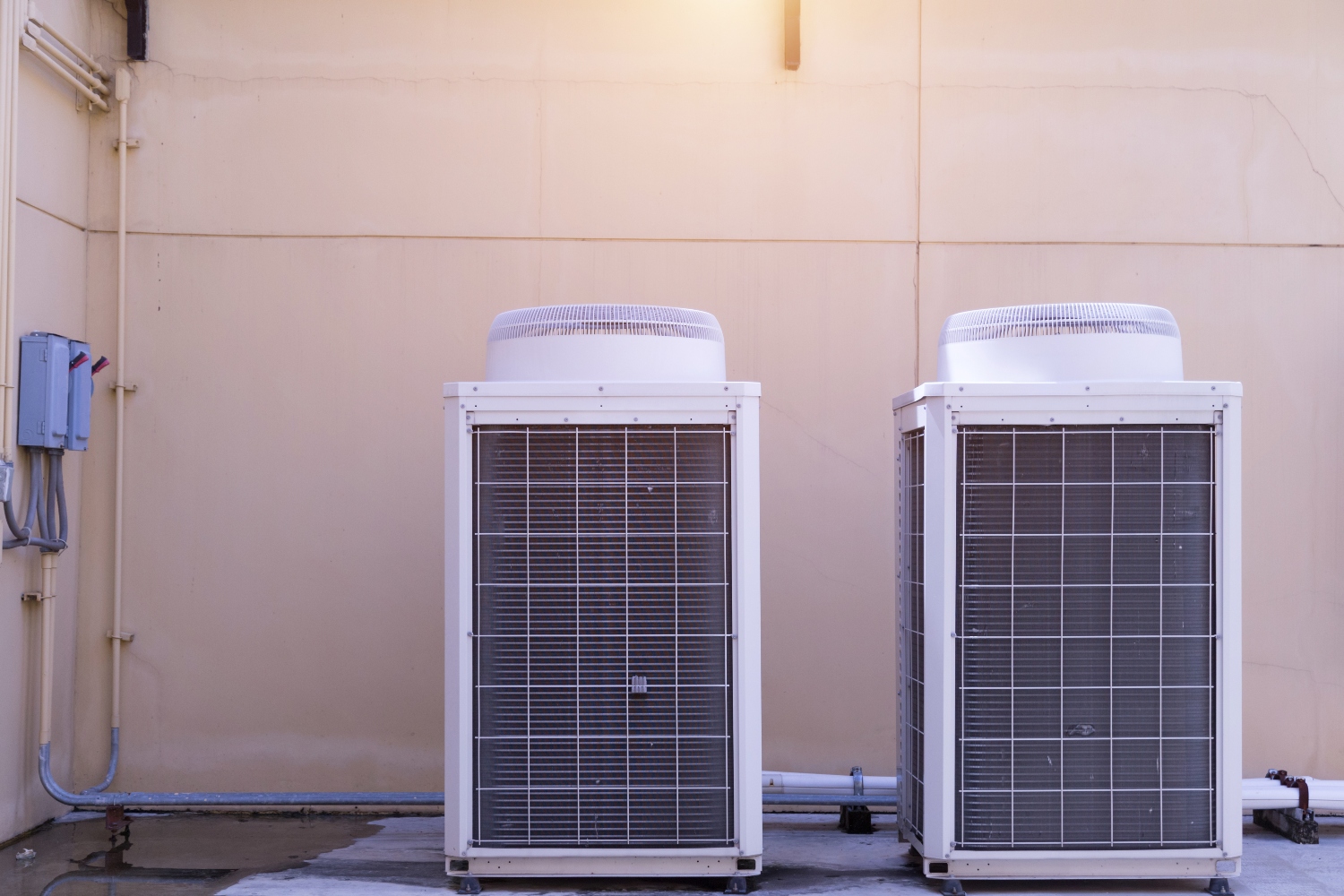
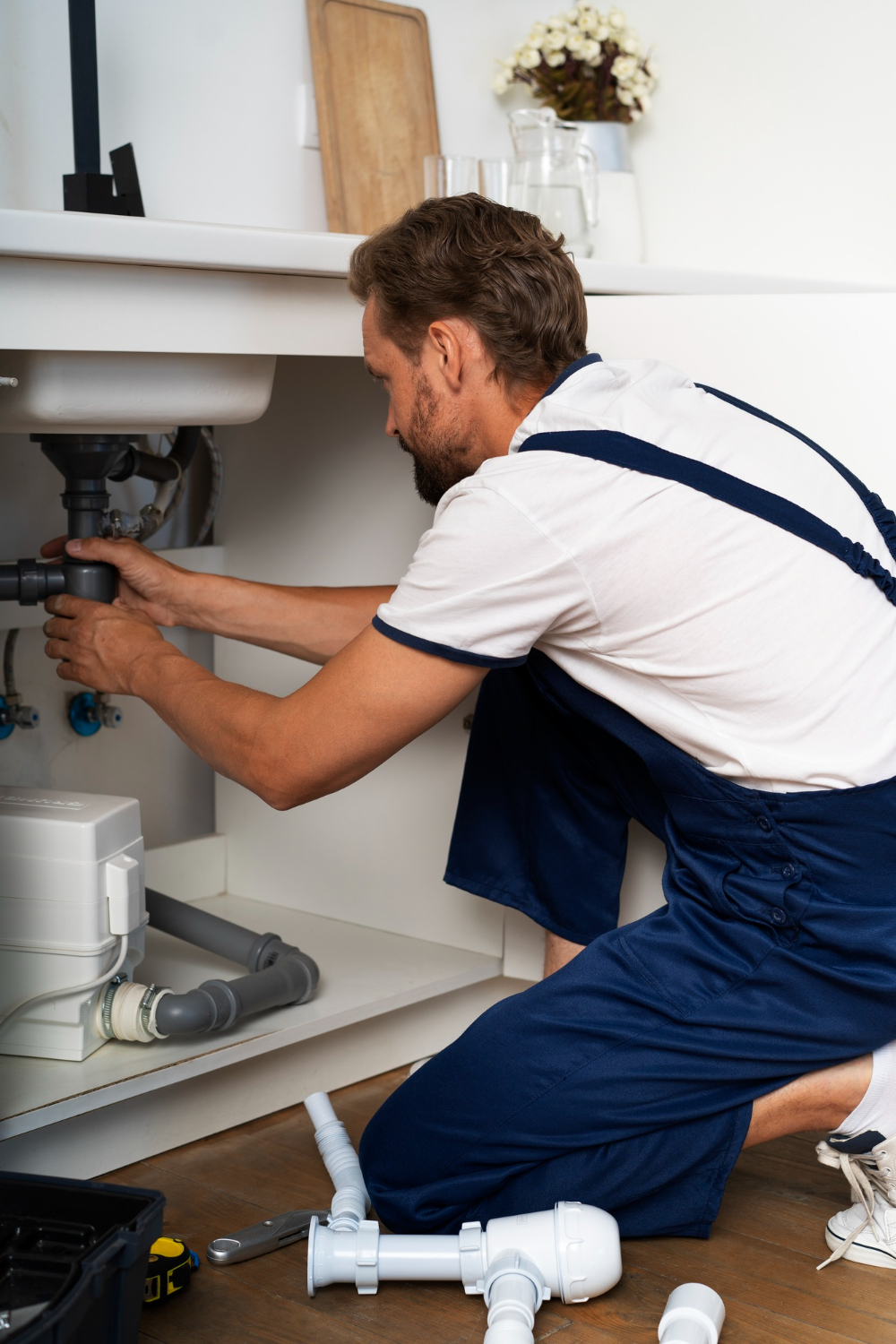
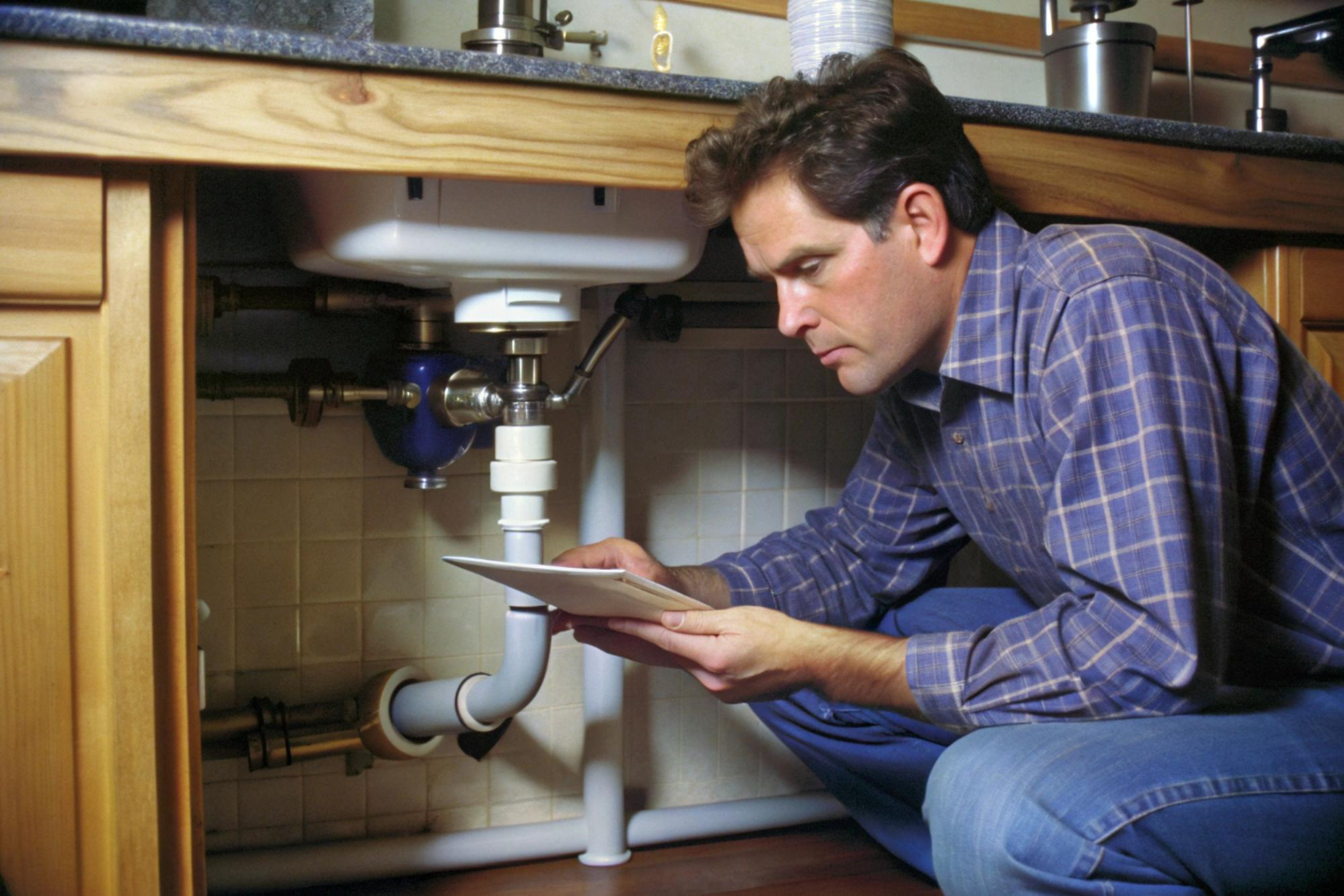
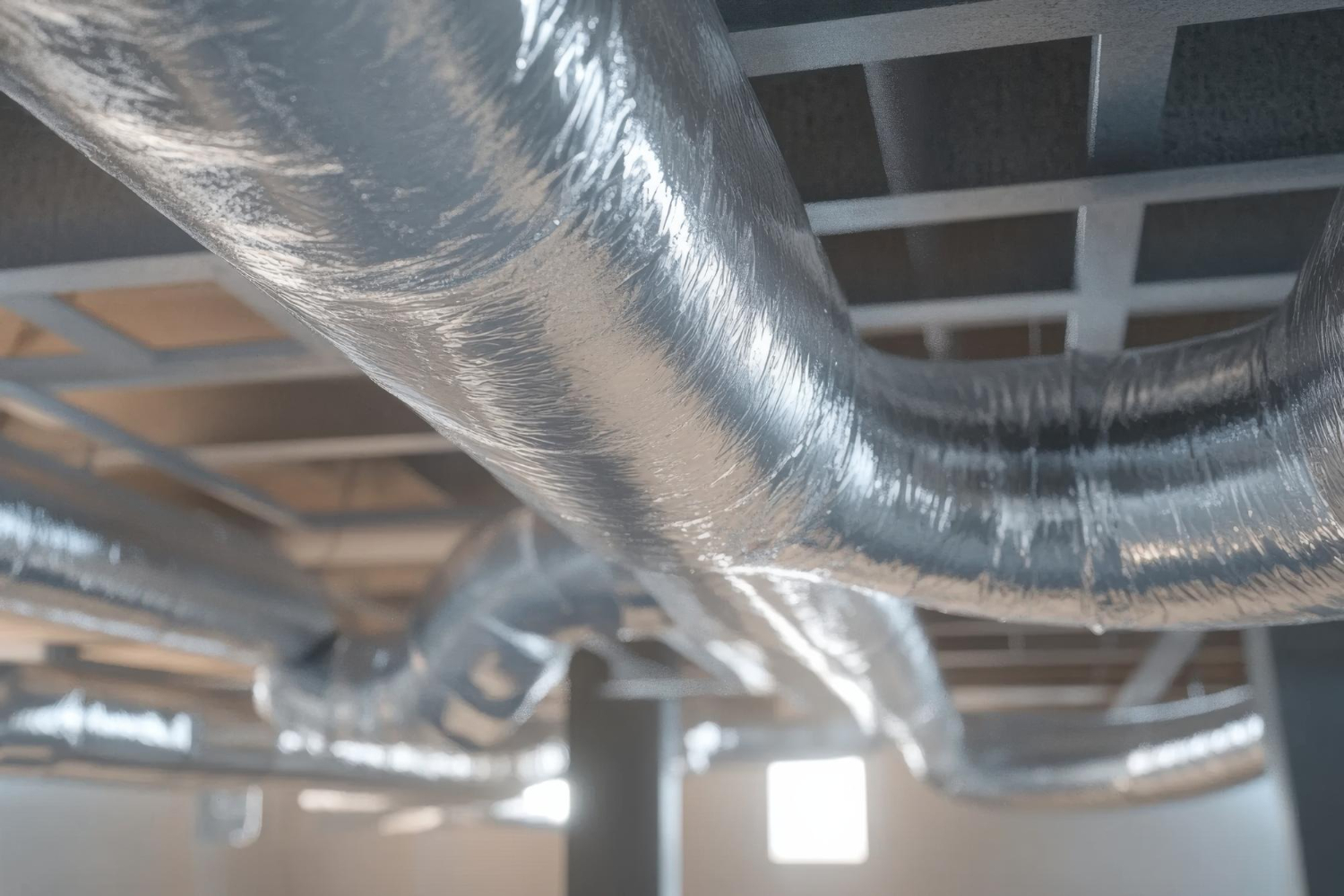
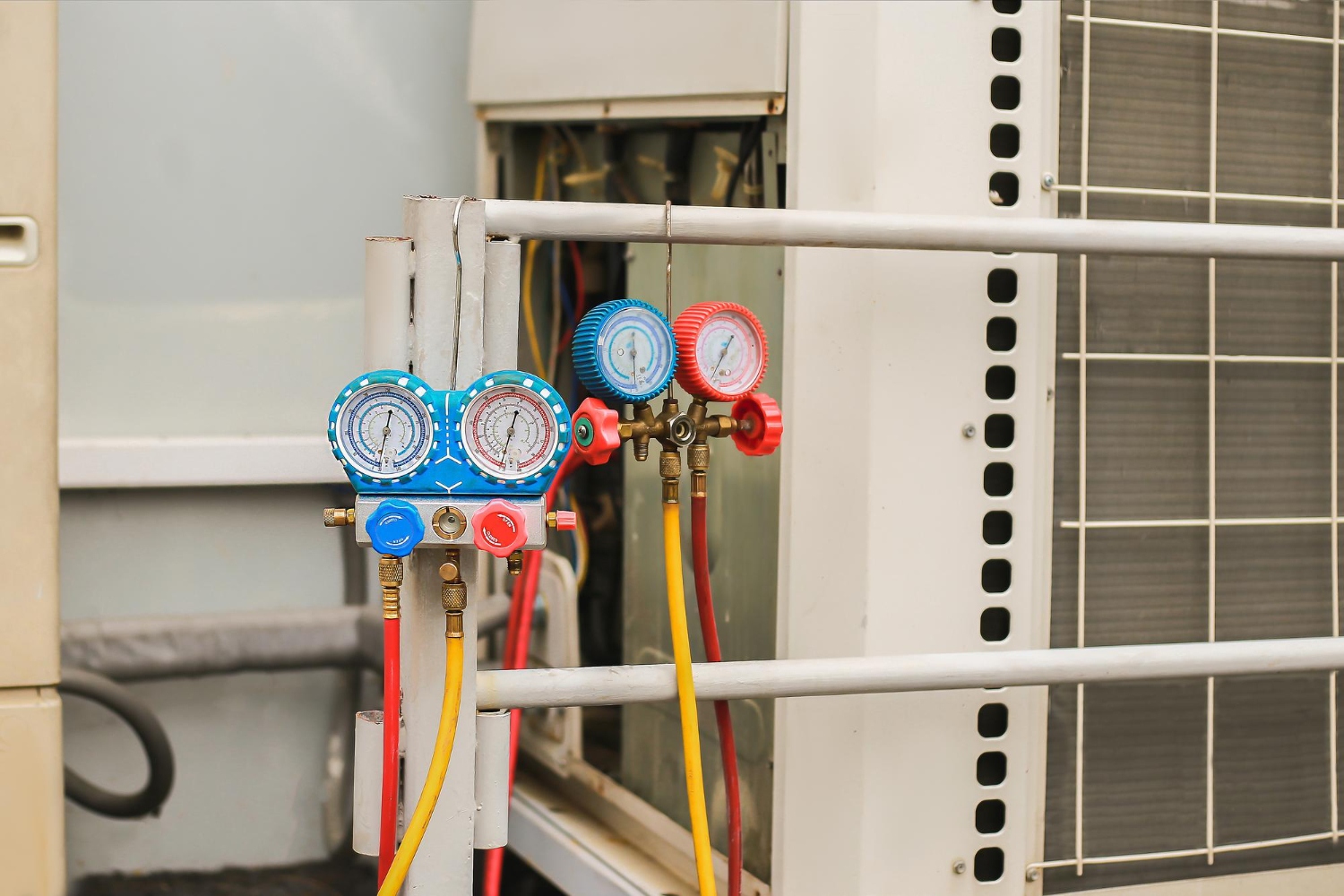
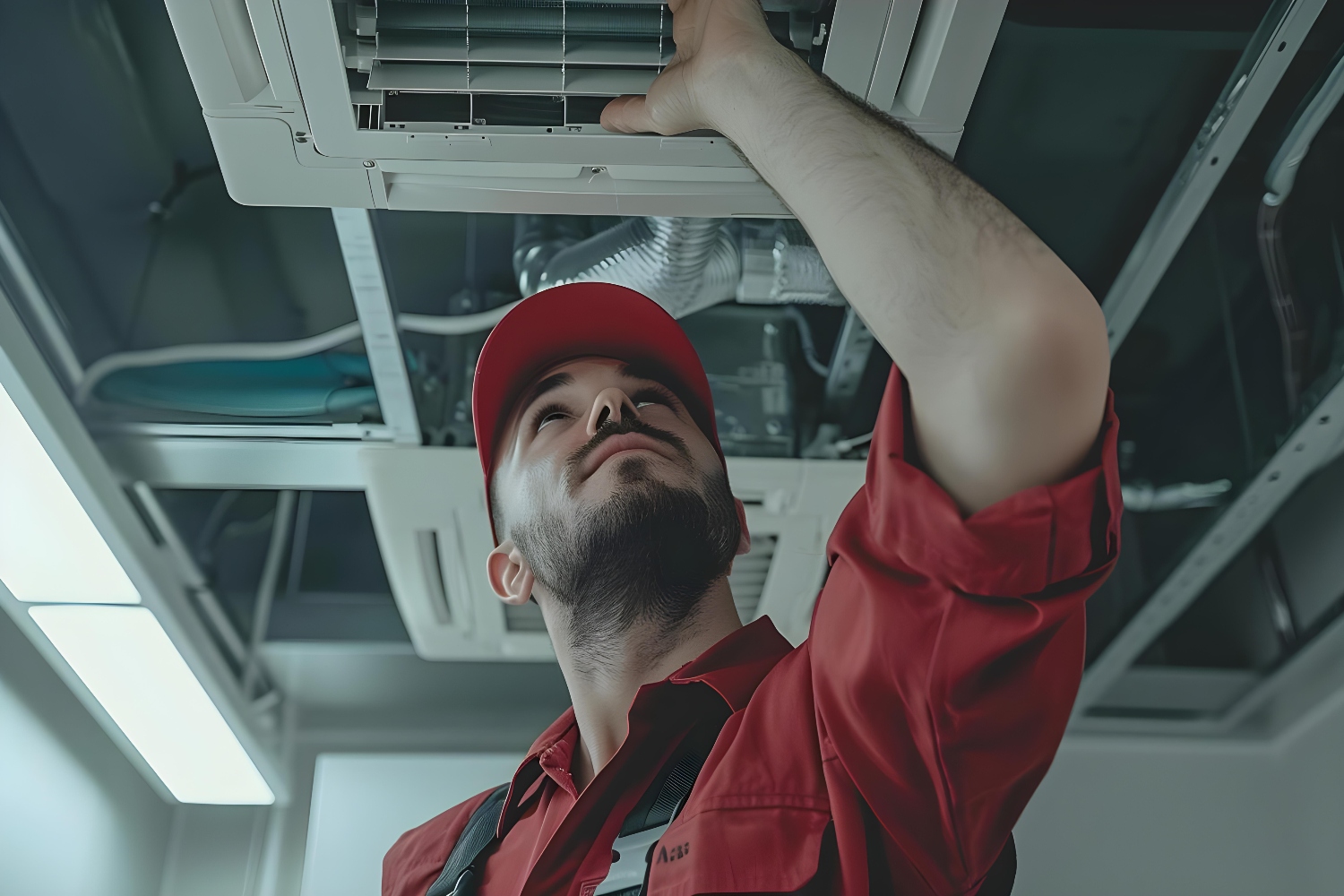
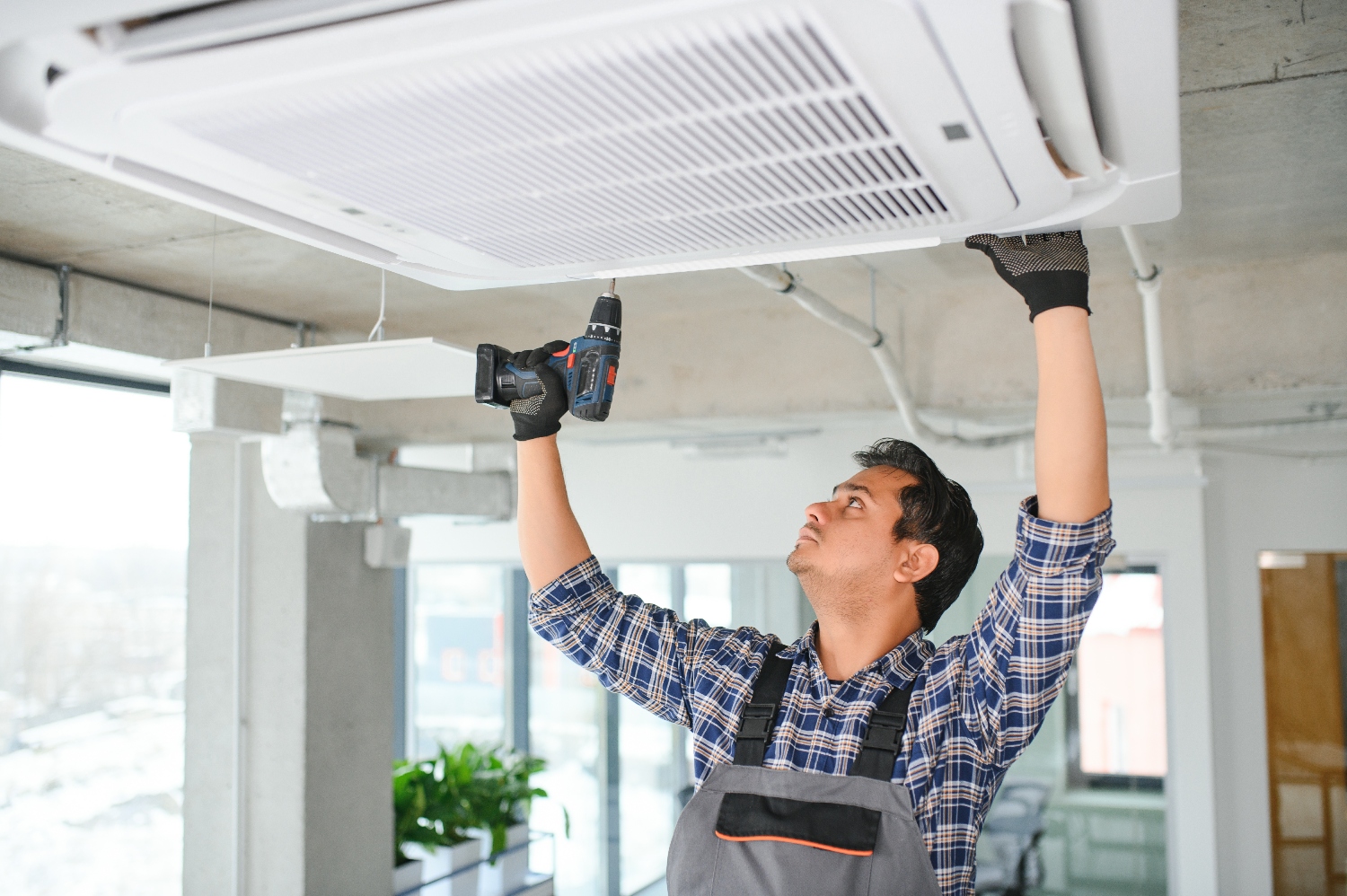
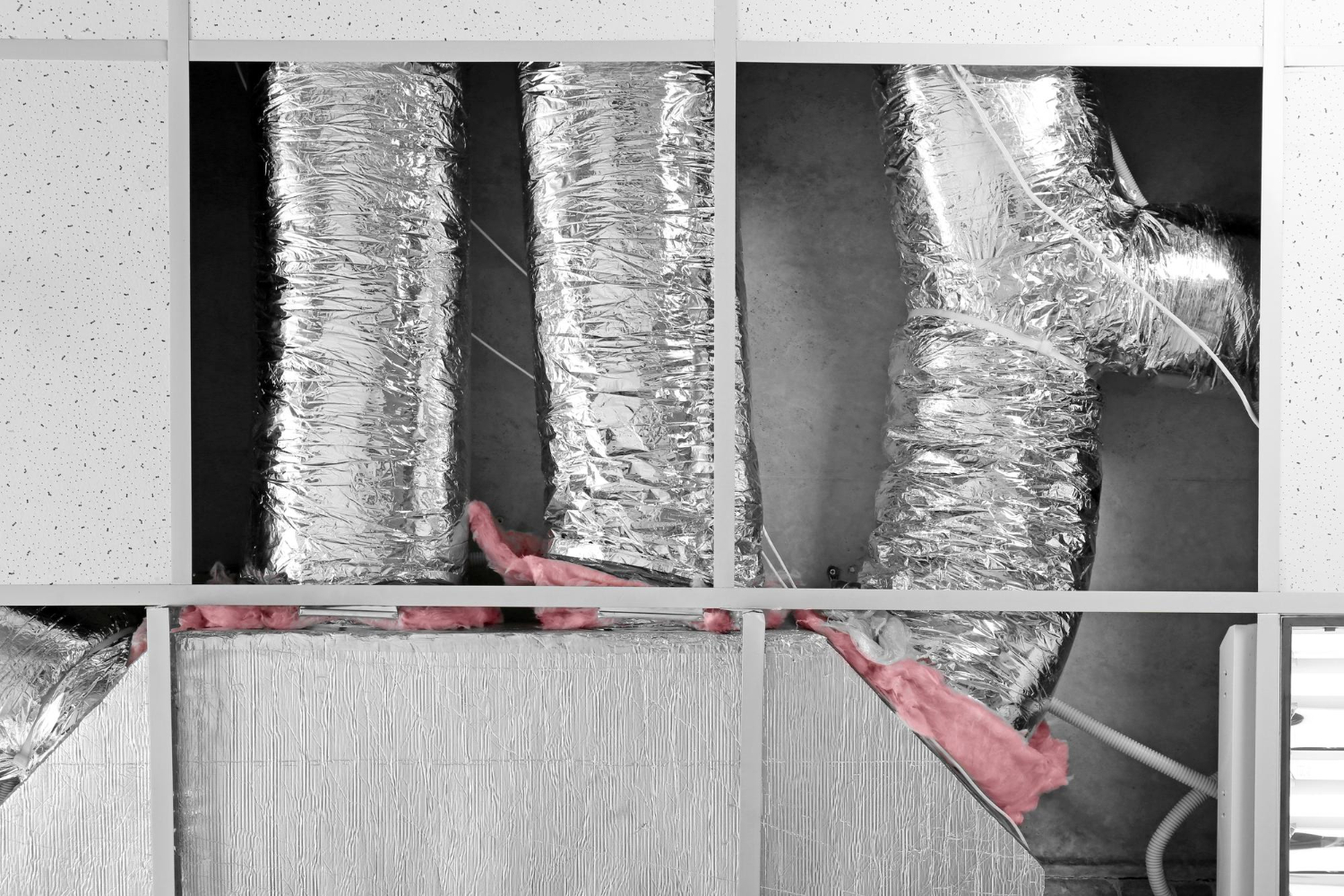




























































.jpg)
.jpg)

.jpg)
.jpg)




















